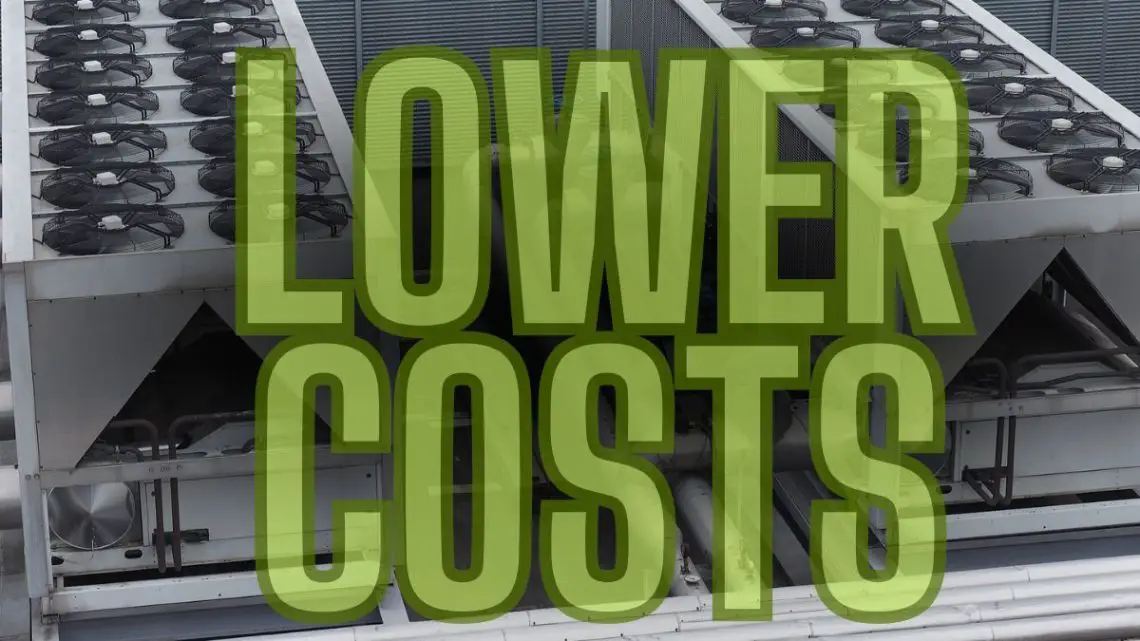
Exploring Green Energy Innovations in the HVAC Industry
January 15, 2024The realm of Heating, Ventilation, and Air Conditioning (HVAC) is undergoing a significant transformation, much like the automotive sector’s shift towards hydrogen fuel. This change is driven by the urgent need to address climate change, a global challenge that demands innovative solutions across all industries.
A critical aspect of this innovation is the integration of green technologies, such as those developed by Kaltra, a leader in thermal management solutions. The HVAC industry is a substantial contributor to climate change, with air conditioning systems playing a pivotal role. These systems are omnipresent in our daily lives, from homes to offices, and their impact on the environment is considerable.
Traditional HVAC systems consume significant amounts of energy and utilize refrigerants that have a high Global Warming Potential (GWP). This combination makes them a major source of greenhouse gas emissions.
Microchannel Heat Exchangers: A Green Solution Transforming the HVAC Industry
However, a groundbreaking technology is poised to revolutionize this scenario: microchannel heat exchangers. These advanced systems, exemplified by Kaltra’s products, represent a leap forward in green HVAC technology. Microchannel heat exchangers are designed for maximum energy efficiency. They offer high heat transfer rates, low airside resistances, smaller sizes, and lower weight. This translates into substantial energy savings and a reduced carbon footprint.
Microchannel replacement coils, too, outperform traditional heat exchangers in heat transfer rates, providing energy savings.
One of the key benefits of microchannel technology is the significantly lower refrigerant charge required. Due to their low internal volume, these coils demand much less refrigerant, which is pivotal in reducing the environmental impact. The reduced refrigerant volume also makes these systems more adaptable to low-GWP refrigerants, further enhancing their green credentials.
The environmental benefits of Kaltra’s microchannel heat exchangers extend beyond reduced GWP. These systems are built with long-life alloys and innovative designs that improve reliability and extend the lifespan of the coils. This durability means less frequent replacements and, consequently, less waste and resource consumption over the system’s lifecycle.
Moreover, the adaptability of these heat exchangers is remarkable. Kaltra’s microchannel technology is not limited to traditional air conditioning applications. Their portfolio includes microchannel condensers, evaporators, and water coils, each designed to deliver high performance and efficiency in various applications. This versatility is crucial in developing comprehensive and sustainable HVAC solutions that can be tailored to diverse needs.
Harnessing Microchannel Technology: A Leap Forward in Reducing HVAC Energy Consumption
The impact of these innovations cannot be overstated. According to statistics, HVAC systems account for a significant portion of global energy consumption. The integration of microchannel technology in these systems could lead to a marked decrease in this figure. In addition, by transitioning to low-GWP refrigerants and improving system efficiency, the HVAC industry can play a vital role in mitigating climate change.
Kaltra’s commitment to green technology is evident in their continuous innovation and dedication to environmental protection. Their state-of-the-art microchannel heat exchangers are a testament to this, offering a sustainable solution that does not compromise on performance.
In conclusion, the HVAC industry stands at a crossroads. With climate change posing an ever-increasing threat, the shift towards green technologies is not just desirable but essential. Kaltra’s microchannel heat exchangers represent a beacon of hope in this journey.
They exemplify how innovation and environmental responsibility can go hand in hand, paving the way for a greener, more sustainable future. As the discussion on green energy continues to gain momentum, it is clear that technologies like those developed by Kaltra will play a crucial role in shaping our response to the climate crisis.



 HFN News is your leading source for fresh hydrogen and renewable energy updates. Amid the fast-paced growth of hydrogen companies, we provide top-notch news and insights about this exciting sector. Our coverage spans from hydrogen cars to global sustainable initiatives, and we highlight the latest in green jobs and developing hydrogen hubs. We invite you to share your local hydrogen news and explore today’s renewable energy job listings on our site. Thanks for choosing HFN News as your trusted guide to the hydrogen and renewable energy world!
HFN News is your leading source for fresh hydrogen and renewable energy updates. Amid the fast-paced growth of hydrogen companies, we provide top-notch news and insights about this exciting sector. Our coverage spans from hydrogen cars to global sustainable initiatives, and we highlight the latest in green jobs and developing hydrogen hubs. We invite you to share your local hydrogen news and explore today’s renewable energy job listings on our site. Thanks for choosing HFN News as your trusted guide to the hydrogen and renewable energy world!